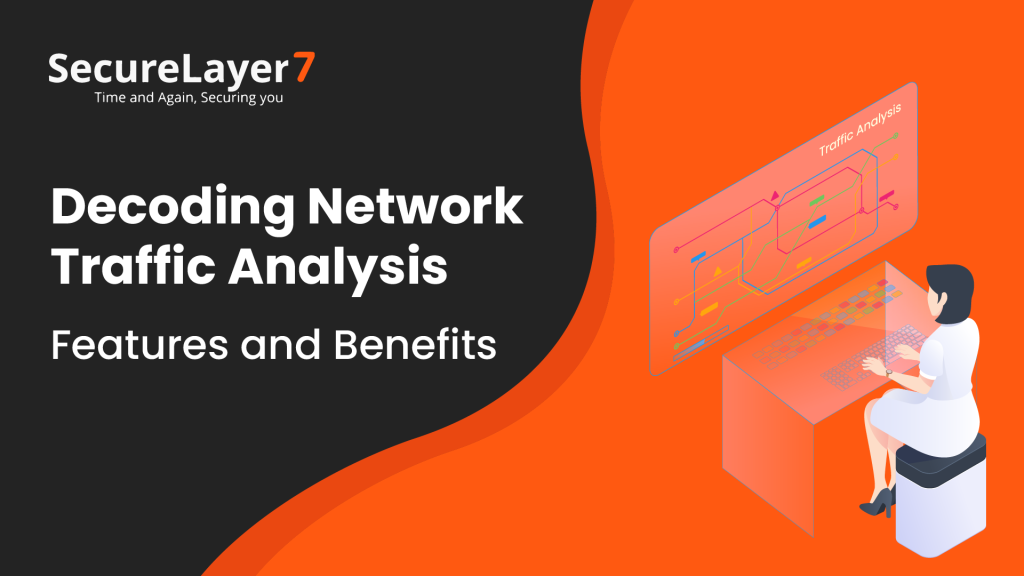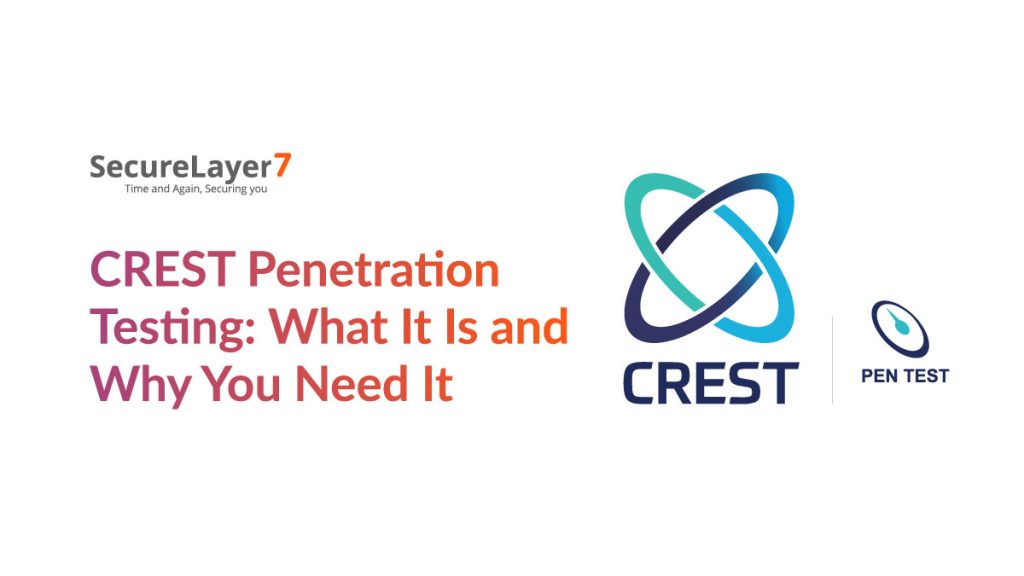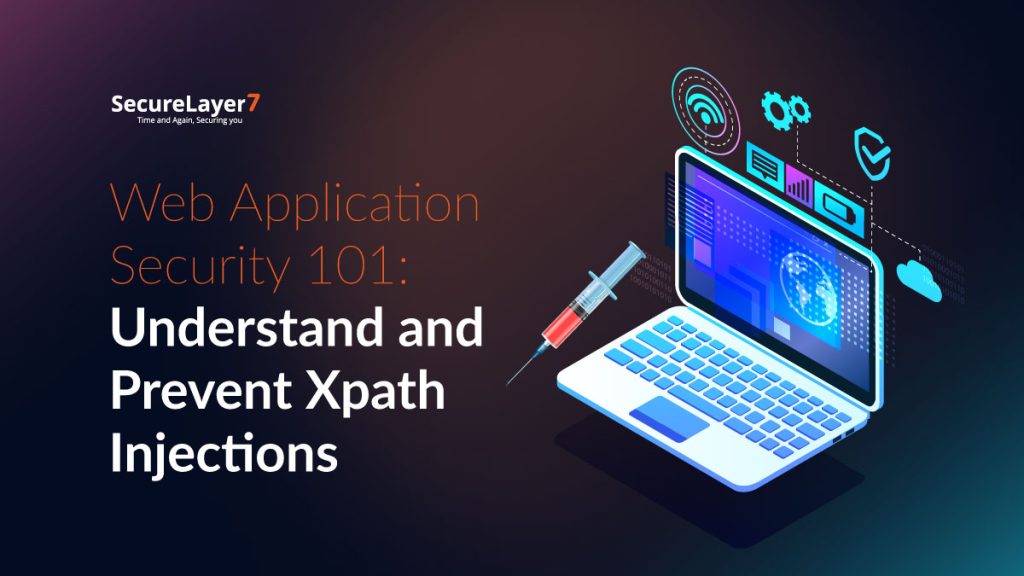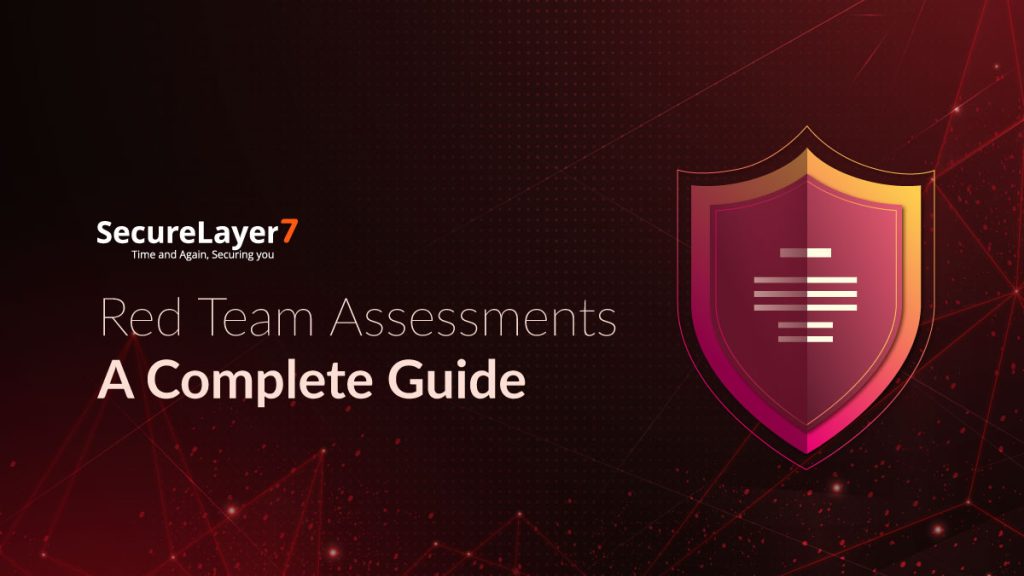
Ivanti Connect Secure Under Attack: Uncovering Five Exploitable CVEs
February 17, 2024
The Quickest Way to Secure Your Data: Use Active Hardening
March 11, 2024
Have you ever thought about what happens with the information that flows through your computer network? The websites you visit, emails you send, video streaming—everything generates traffic. What if you could analyze this traffic and gain valuable insights about network health and security?
This is where network traffic analysis comes into the picture!
NTA is used to monitor security breaches, whether or not they occur within the network. It serves as a virtual safety defense that observes and records data packets. Also optimizes resource allocation and cybersecurity by documenting network activities.
In the article, we will cover the importance of network traffic measurement, ways for selecting NTA solutions, tools and techniques, and the best practices for effective network measurements.
What is network traffic analysis?
Network traffic analysis is like grasping the flow of digital traffic. Its fundamentals involve examining how data travels across a network. This is to learn about performance, security, and user behavior. To add to that, they use data packets, which are devices of facts that might be transmitted over a network. Think of data packets like letters being dispatched through the mail.
If you’ve got an extended letter, you may divide it into smaller envelopes, each containing a part of the message. On the outside of every envelope, you will have:
- Sender’s address
- Recipient’s address
- Commands
While you’re going, put the envelopes back together in the right order.
Well, you can notice this in Cisco; it employs a method called “behavioral analysis.” If Cisco notices something uncommon or sudden inside the information traffic, it follows a proper community analysis and makes sure everything stays safe and works well. This proactive method discovers and deals with cyber security troubles before they emerge as main problems.
Importance of Network Traffic Analysis
Network Traffic Analysis (NTA) performs a pivotal function today. Whether it’s securing IT infrastructure, checking overall performance, providing protection, or regulating personal behavior, network traffic analysis optimizes and secures digital communication.
To prove this, here are four key factors highlighting the significance of NTA:
1. Security Threat Detection:
Security threat detection is the process of studying visitor patterns, anomalies, and deviations and then responding to these potential security threats within the computer network.
For example, regularly updating threat intelligence feeds and using advanced AI integration methods is a proactive technique to identify potential threats in real time. In addition, you can also use methods like heuristic analysis that use rules and algorithms to identify potential threats. Remember, these threats are based on the general characteristics of malicious activities.
2. Optimizing Network Performance:
NTA helps you track site visitor flow, bandwidth utilization, and latency. Security professionals can perceive bottlenecks and optimize community assets. This minimizes downtime and complements the general network’s overall performance.
For example, the SolarWinds Network Performance Monitor (NPM) uses NTA to screen and examine community site visitors. It also helps in figuring out overall performance troubles and trends. Moreover, it enables groups to optimize their community assets.
3. Compliance and Regulatory Requirements:
Many industries have unique compliance and regulatory necessities. NTA enables groups to adhere to those requirements by tracking and auditing community sports. This often includes:
- Data protection laws
- Industry Standards
- Audits and reporting
- Risk-mitigation
These compliance measures allow users to meet compliance necessities. This is done by tracking and studying community site visitors for protection activities.
4. Incident Response and Forensics:
Incident response is a rapid reaction to security incidents in the network. It aims to minimize damage, restore normal operations, and prevent future incidents. During a protection incident, NTA information facilitates legal and disciplinary actions. This is essential for improving security posture and preventing future incidents.
Let’s take the example of Wireshark, a widely used open-supply community protocol analyzer. This is regularly hired for incident reaction and forensics. To sum up, it provides insights into the who, what, when, where, and how of security breaches. It also enhances resilience against cyber threats.
Top Criteria for Selecting an NTA Solution
As per the report from Mordor Intelligence, the global network traffic analysis market will reach USD 3.56 billion in 2024. It is expected to reach USD 6.5 billion by 2029. The companies are using NTA to improve network management and security protocols.
To get the best security for your network, you must know several key factors to choose the right Network Traffic Analysis (NTA) solution. Below are the top criteria that must be considered:
1. Accuracy and precision
The NTA solution identifies problems and errors in the computer network. It shows the real-time visibility of the different components. Also detects unusual activity, security threats, and errors in the network. Other than detecting errors, it helps determine traffic utilization trends. Through model network topology, you can remove blind spots and shoot troubles.
2. Scalability and performance
Having a safe, reliable, and high-performing network is the goal of every business. So, choose a solution that can handle your network and traffic. It should maintain its performance, according to the network. This should not introduce latency or overhead with a growing network. It must provide you with the resources for efficient capacity planning. Along with this, it must identify the network connections that need upgrading.
3. Comprehensive visibility
Solution that offers visibility into all network traffic, including east-west and north-south traffic. The network visibility identifies and prevents malicious activity such as unauthorized data exfiltration. To detect any anomalous or suspicious network traffic flowing to or from devices, you can use an NTA tool.
4. Advanced detection capabilities
Choose an NTA solution to find a wide range of security threats, like malware, insider threats, data exfiltration, and zero-day attacks. It uses machine learning, behavioral analytics, and threat intelligence to detect and respond to emerging threats.
The goal of the NTA solution is to provide an effective and efficient cybersecurity system. Moreover, spotting the anomalies also corrects human errors. This is a unique approach to IT security. NTA can counter creative attackers who can breach conventional defense mechanisms.
The Best Tools for Network Traffic Analysis
Network traffic monitoring tools fall into two types: flow-based and deep packet inspection (DPI) tools. Each offers options like software agents, historical data storage, and intrusion detection systems.
Let’s discuss the best and right tools for your organization’s security:
1. Packet Capture and Analysis:
Packet capture is like catching and checking messages while visiting the community. Analyzing those messages enables us to recognize how matters communicate and spot ability protection issues. Also, take a look at whether the network is healthy.
For example, Wireshark is a packet capture device that permits customers to intercept. This looks at the statistics of packets traveling via a network. It captures those packets in real-time and showcases a detailed view of the data being exchanged. It also identifies potential data threats and content that allows customers to analyze the type of communication.
2. Protocol Analysis:
Protocol evaluation is like analyzing the policies of the message inside the servers. It includes understanding those policies and facilitating picking out odd behaviors and security issues.
It examines how gadgets communicate. Also provides insights into network performance, security threats, and potential issues. It is mainly used for troubleshooting, security monitoring, and optimizing network configurations. The device video displays units and translates diverse protocols. This shows a complete view of network protection.
3. Behavioral Anomaly Detection:
Behavioral evaluation includes the ordinary conduct of humans and gadgets inside the network. If something behaves unusually compared to usual, it is marked as a potential security threat.
Consider the Cisco Stealthwatch as a vigilant guardian safeguarding your network. Its strength lies in behavioral anomaly detection. This is where it establishes a baseline of normal behavior for users and devices. With its ability to detect uncommon styles and potential security risks, the Cisco Stealthwatch becomes important to maintaining a secure and smooth digital environment.
Best Practices for Effective Network Traffic Analysis
It’s time to uncover optimal strategies for professional network traffic analysis. Let’s discuss the best practices to enhance efficiency and security for your network analysis.
- Continuous Monitoring
Continuous tracking is a cornerstone of powerful network traffic analysis (NTA). It implements the real-time tracking method. As it shows the dynamic knowledge of their community’s behavior, which includes:
- Regular Evaluation of Network Traffic: This includes monitoring and analyzing ongoing network activities. It also identifies patterns, anomalies, and potential security threats.
- Continuous Monitoring: This involves employing automated tools for uninterrupted surveillance. Even detects and provides alerts for unusual activities in real time.
- Quick Response and Mitigation: You can facilitate swift response to identified security threats. Also, implement mitigation measures promptly to address potential risks.
For example, if a surprising surge in information packets takes place throughout non-workplace hours, the NTA tool can right away alert administrators and help in picking out an ability safety hazard or odd conduct. This calls for on-the-spot interest and action. This proactive tracking complements community safety and operational resilience.
- Collaboration with Threat Intelligence
Collaboration with threat intelligence is important for staying ahead of evolving cyber threats. Also, integrating intelligence into the NTA system acknowledges chance signatures and behaviors.
For instance, an enterprise can combine feeds from famous threat intelligence carriers like FireEye or CrowdStrike. This collaborative method permits agencies to correlate their inner network information with outside chance intelligence, providing a complete view of ability risks.
This creates a computerized mechanism that contains threat intelligence updates. Also, it guarantees that the network evaluation stays modern and aligned with cybersecurity trends.
- Regular training and skill development
As the cybersecurity landscape evolves, staying knowledgeable becomes a necessity in the industry. The employees must be aware of new threats, equipment, and strategies.
Taking regular classes and participating in skill improvement programs will help analysts learn more. This is required to interpret and reply to network site visitors’ patterns. It often includes modern improvements, refining incident reaction capabilities, and staying abreast of rising threats.
For instance, enrolling analysts in workshops on new analytical tools and refining incident reaction talents. This will keep them up-to-date on rising threats. You can also collaborate in dangerous intelligence-sharing communities. These are realistic ways to improve skill development among employers.
Conclusion
To conclude, let’s unlock the insights gathered within this blog post:
- Embrace the power of network traffic analysis.
- Safeguard digital assets and ensure seamless operations through this indispensable tool.
- Utilize automated Network Performance Monitoring (NPM) tools for continuous tracking.
At securelayer7, we strive to improve visibility, streamline processes, and promote data-driven decision-making. Embrace the future of network security and performance optimization with securelayer7.Sign up for free and safeguard your digital assets.


